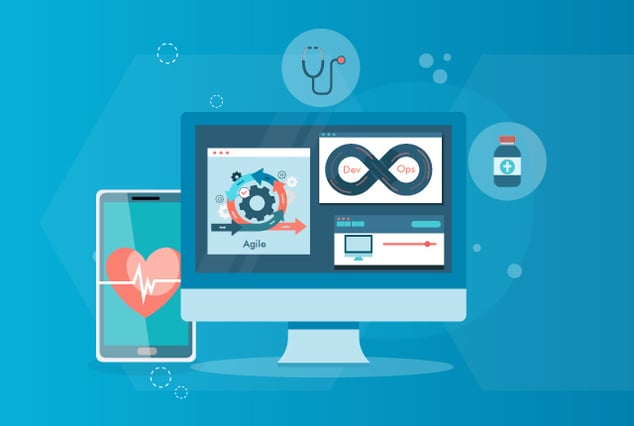
Time to market and superior quality are the two key factors you need to lead in the digital industry today. The most diligent development teams take many steps to shorten their product release cycle in order to improve productivity, reduce time-to-market, and drive workforce efficiency.
The software development industry is highly competitive where speed and quality can make or break your brand. Software companies usually strive to release their products to market as early as possible - before their competitors. That means in order to meet tight launch deadlines without compromising quality, your delivery cycles need to be as short as possible.
Our engineering experts have analyzed and identified key areas for you to consider in order to shorten your delivery cycle and speed time to market. Here's what they recommend:
-
Understand Your Requirements
Before you set sail, it's important to document the goals and expectations of your project. Requirements are often dynamic - and changes may need to be made even during the final hours of the delivery cycle. However, minimizing changes to these requirements will help your engineering team accelerate product delivery. To avoid scenarios where major development and processes need to be reworked at the 11th hour, a crisp and clear plan-of-action with timelines saves the day. -
Work in Sprints
Rather than going for the complete marathon, aim at delivering the project cycles in multiple sprints, say, 2 to 3 weeks each. This will not only help you to increase your team’s productivity and keep their focus on the specific tasks at hand, you'll be able to deliver faster without compromising on quality. -
Introduce QA Early Into the Process
Involve QA from the early planning phase of the sprint. This way, the QA team will have a good handle on the specification document and they can create test cases early within the sprint to reduce overall product delivery time. The Dev team should integrate unit testing early in order to avoid bugs. Unit testing ensures that multiple defects are caught in time that may otherwise, take up a lot of time and effort if detected at later stages of product development. -
Automate to Avoid Repetition
Automate the key features as soon as they are QA-ready. This will help you identify potential defect areas of the application and trace bugs easily. Also, it will help the functional team in the sprint cycle. You can read more about the benefits of automation testing here. -
Avoid ‘Unnecessary’ Processes
While shortening the delivery cycles, you must strive to run lean and skip any processes that may not be relevant. It’s usually simple math that identifies the least valuable processes so you can de-prioritize and gain more productivity. Your team should focus only on the processes that deliver project growth, quality and on-time releases. Unnecessary processes will overburden your team and may lead to defects slipping into production. -
Adopt DevOps for Continuous Delivery and Parallel Processes
DevOps methodologies will help you with continuous integration by automating manual efforts and save deployment time. Not certain on where to start? You can partner with a QASource team of experts skilled in guiding you through the DevOps processes and streamlining your testing practices. -
Remove Communication Barriers
Use advanced, real-time tools for communication across teams like Slack in order to put your entire engineering team under a single umbrella. When engineers are able to collaborate and interact with each other, they eliminate communication gaps and improve coordination throughout the project delivery cycle. -
Assign Dedicated Project Managers and Scrum Masters
In order to ensure that the sprints run as expected, allocate a permanent, experienced scrum master and project manager. The role of a dedicated manager is to evaluate the project health from time to time and mitigate challenges or delays in the process - before they impact your release dates or quality. Scrum masters can identify and post project health updates to the key stakeholders to help you ensure that your project is on track. Testing Experts at QASource are trained and experienced in coordinating with multiple teams to enable them to remove roadblocks at any stage of the project. -
Use Project Management Tools
A reliable project management tool is vital to maintain the workflow. These tools let you keep track of deliverables and effectively organize your tasks. Many project management tools are available online - here are a few to begin with. You can optimize these tools as per your project and business requirements.
QASource has been helping Fortune 500 companies as well as scores of startups launch better quality software faster for 18 years. Schedule a quick call with one of our experts to Learn More.


